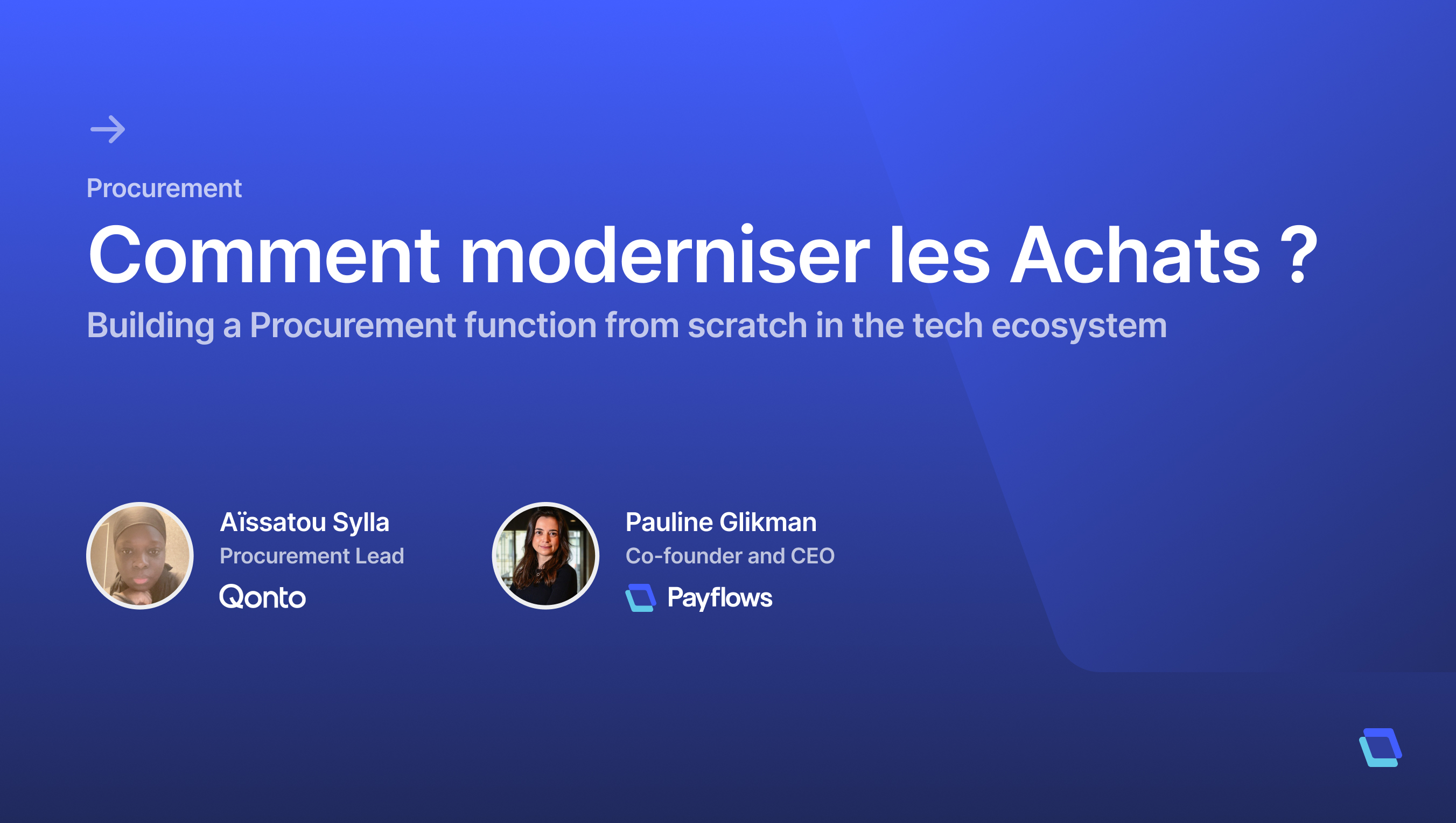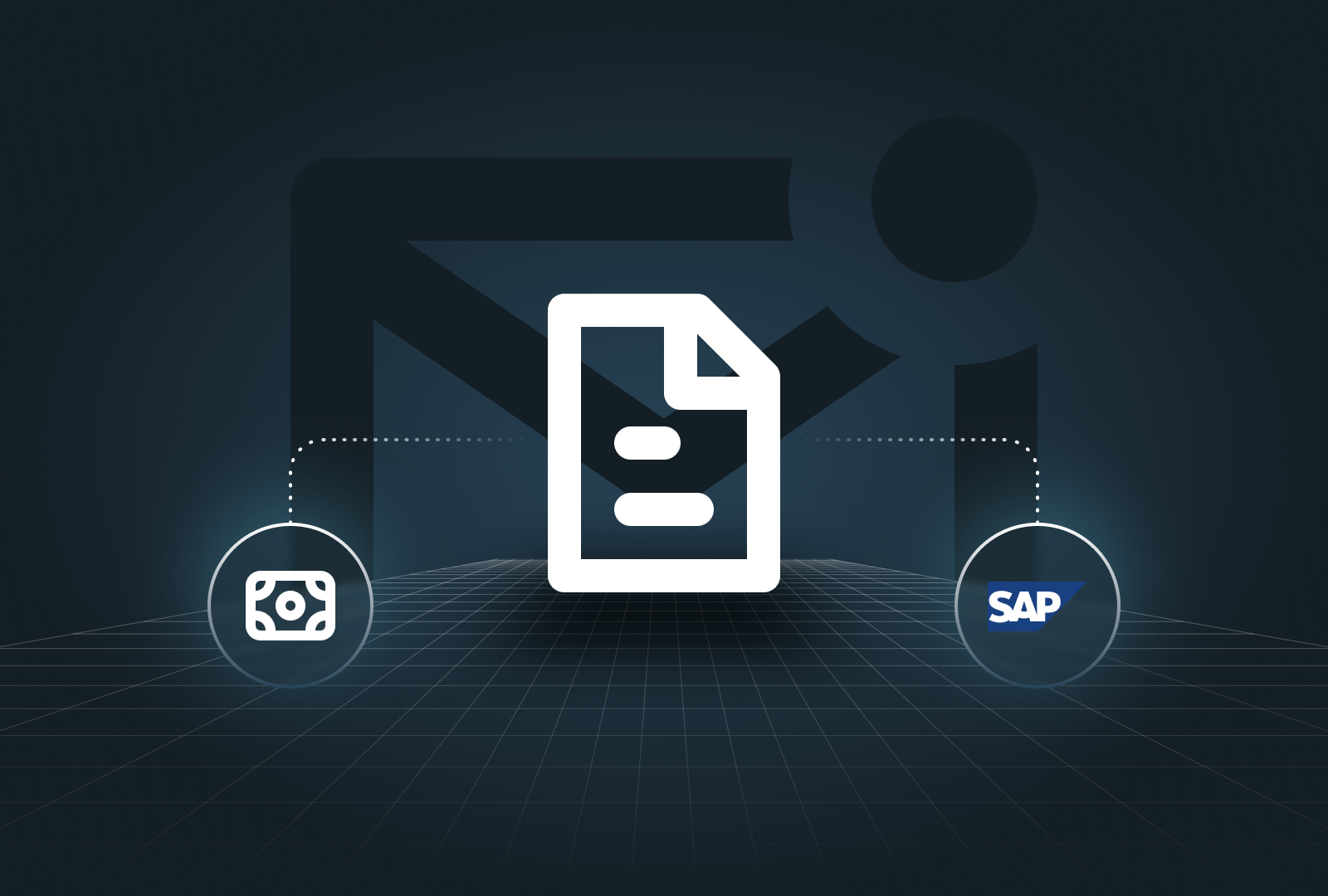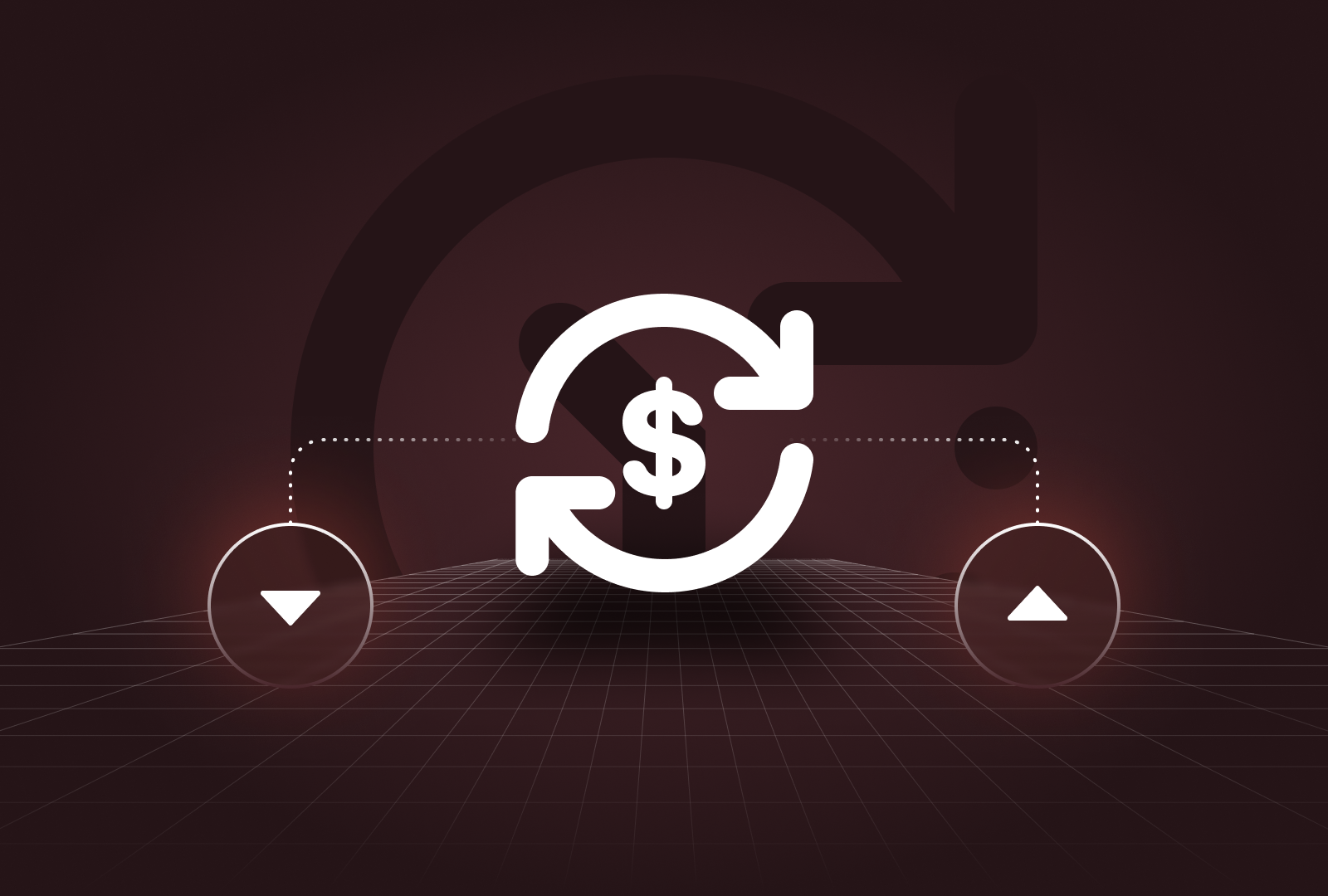In our latest podcast, we had the pleasure of speaking with Aïssatou Sylla, Procurement Lead at Qonto, about her journey in building a Procurement function from the ground up. From navigating initial challenges to implementing impactful strategies, Aïssatou’s expertise offers a clear roadmap for procurement professionals.
Aïssatou’s Role as Procurement Manager at Qonto
Aïssatou joined Qonto as their first Procurement Manager, reporting directly to the FP&A Director. Her mission was to establish a procurement strategy that would support Qonto's rapid growth and contribute directly to profitability. As Qonto expanded, reaching 1,600 employees in a competitive tech landscape, the need for structured procurement became paramount.
- Scope: Aïssatou's responsibilities span sourcing to payments, including the implementation of P2P tools.
- Growth Challenges: The rapid scaling of operations meant that spending was increasing proportionally, necessitating effective cost control.
Qonto’s Expectations for Their First Procurement Manager
When Aïssatou was brought on board, Qonto’s leadership expected her to not only optimize spend but also to align procurement activities with the company’s broader strategic goals. The focus was clear: as the organization grew, so did the complexity of managing its expenditures. Aïssatou was tasked with:
- Assessing Current Procurement Practices: Evaluating existing processes and identifying areas for optimization.
- Driving Cost Efficiency: Finding ways to reduce costs through supplier negotiations and strategic sourcing.
What to Expect as the First Procurement Manager in a Company
Being the first procurement hire in a growing tech company comes with unique challenges. Aïssatou highlighted that newcomers should anticipate an environment where systems are not fully established, and processes might be scattered.
- Data Availability: Often, procurement data exists across different platforms, requiring significant effort to consolidate and analyze.
- Cultural Adoption: Gaining buy-in from various departments is crucial to successfully implementing procurement strategies.
Tips to Organize Your First 90 Days as a Procurement Manager
Aïssatou structured her first 90 days around three priorities, ensuring a solid foundation for her role:
- Analyzing Spend: She initiated a spend analysis using a spend cube to gain insights into spending patterns and supplier relationships.
- Building Relationships: Engaging with key stakeholders, including finance, legal, and operations, helped foster collaboration and align goals.
- Creating a Procurement Roadmap: By understanding the business objectives, she developed a roadmap that reflected the company’s strategic priorities, aiming for efficiency and cost savings.
Aïssatou’s Early Projects: Successes & Learnings
Her first major project targeted SaaS spending, which constituted approximately 10% of total expenditures. By negotiating contracts with key SaaS providers, Aïssatou not only achieved cost reductions but also demonstrated procurement's value to the broader organization.
Early Wins: A successful negotiation with a major SaaS supplier earned her positive feedback from the tech team and helped establish her credibility within the organization.
The Power of Sponsorship: 1st Year Retrospective
Aïssatou emphasized the importance of internal sponsorship in her role. Securing the support of executives, particularly the CTO, was instrumental in her ability to drive impactful projects. This sponsorship not only facilitated negotiations but also helped in communicating the value of procurement across the organization.
Procurement Collaboration with Other Functions: Accounting, Legal & ESG
Collaboration was key to Aïssatou’s strategy. Building strong relationships with other functions, such as accounting and legal, was crucial for successful procurement operations.
- Shared Goals: By aligning procurement objectives with those of legal and risk teams, Aïssatou was able to ensure compliance while driving efficiency.
- Cross-Functional Initiatives: Implementing joint rituals and communication channels fostered collaboration and streamlined processes.
Procurement & AI: Use Cases and Future Possibilities
As procurement evolves, the integration of AI presents exciting opportunities. Aïssatou expressed her enthusiasm for leveraging AI tools to enhance efficiency.
- Productivity Gains: AI can significantly reduce the time needed to draft RFIs and RFPs, allowing procurement teams to focus on strategic initiatives.
- Enhanced User Experience: By integrating AI into P2P tools, organizations can empower requesters to manage their purchases more autonomously, reducing the burden on procurement teams.
-----
To view all the short clips featured in this article and the entire interview with Aissatou, please check out the full YouTube playlist just here.
To speak with a Payflows experts and understand how Payflows solution can help your Procurement team to save money, ensure adoption, gain time and reduce risks, book a demo just below !






.png)
.png)





.png)



